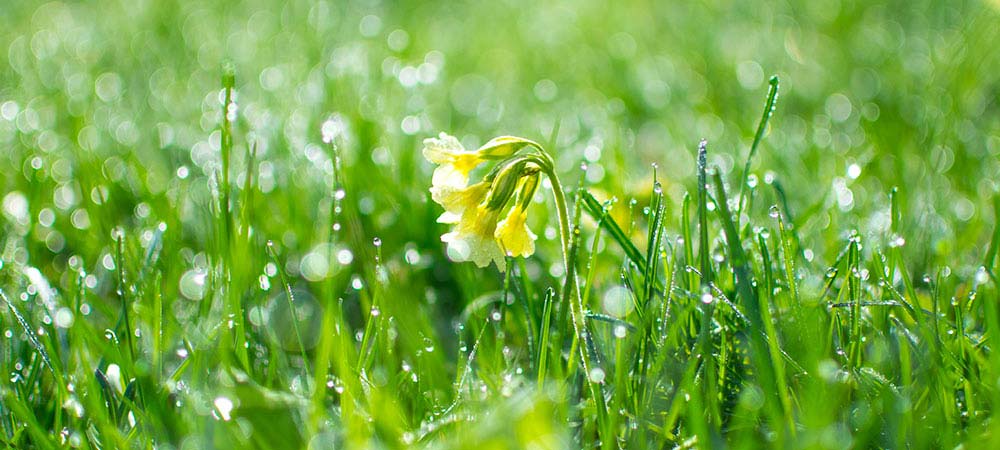3 Ways to Prep for Spring Allergies

Most people look forward to spring, the warmer temperatures, and the increased sunshine it brings. What’s not to love? Millions of Americans may respond with “the allergies that come along with it.”
The big offenders in the early spring are trees and mold, but grasses can start causing symptoms shortly after. To avoid the wrath of spring symptoms, there are a few things you can do now to prepare.
1. Take medications before you feel symptoms
First, it’s important to know why you feel symptoms from allergens. When pollen is inhaled, your body will either determine it to be harmless or harmful. If determined to be harmful, the body responds with releasing histamine, which leads to inflammation in the sinuses. That added inflammation causes symptoms like itching, sneezing, and runny nose.
One way to avoid this onset of inflammation is to take antihistamines a few weeks before pollen is prevalent. Antihistamines reduce histamine in the body, and then can help reduce those typical allergy symptoms. You can track the pollen in your area by looking at pollen forecasts on websites like pollen.com or the National Allergy Bureau to know when your allergy season may start.
It’s important to stay consistent with your allergy medication and treatments. Feeling better is often a sign that the medications are working, not that the allergens are no longer present. Stay on course until pollen trackers tell you that the chance of symptoms is low. Consult with your provider about the medications or treatment that will be most beneficial for you and your symptoms.
2. Maximize modifications
There are many modifications you can make to keep your exposure low once peak season hits. For those with allergies, spring cleaning has a whole new meaning.
Change your furnace filter
After a long winter filled with indoor allergens, be sure to change your furnace filter. Replace it with a HEPA filter to help capture even the smallest of allergens that may filter through this spring.
Vacuum with a HEPA filter
You’ll also want to pick up HEPA filters for your vacuum. This is an important step before spring allergy season hits, but also for during the season. You can track outdoor pollen in your home on your clothes, hair, and shoes, so keeping up with vacuuming is important.
Keep your windows closed
There’s nothing more tempting than opening your windows after a long winter, but resist the temptation if allergies are an issue. Pollen may be circulating before you feel symptoms, and welcoming the pollen into your home can cause symptoms all season long.
3. Continue your immunotherapy treatment, or consider starting
If you’re on immunotherapy, the only disease modifying allergy treatment, stick with it. Staying adherent to your treatment, even in the midst of your pollen season, is key to building allergic tolerance.
For those on allergy drops following the La Crosse Method Protocol, you may consider asking your provider about preseasonal allergy drops if you’re still feeling symptoms while on treatment. This is a rush therapy that’s taken eight weeks before peak allergy season to provide a tolerance boost.
If you aren’t on immunotherapy but are interested, allergy drops are a convenient option that will help your body build long-term tolerance to the allergens that cause your symptoms. You can find a provider near you who is trained in offering treatment to get started.
This year, be proactive to avoid a symptomatic spring.



